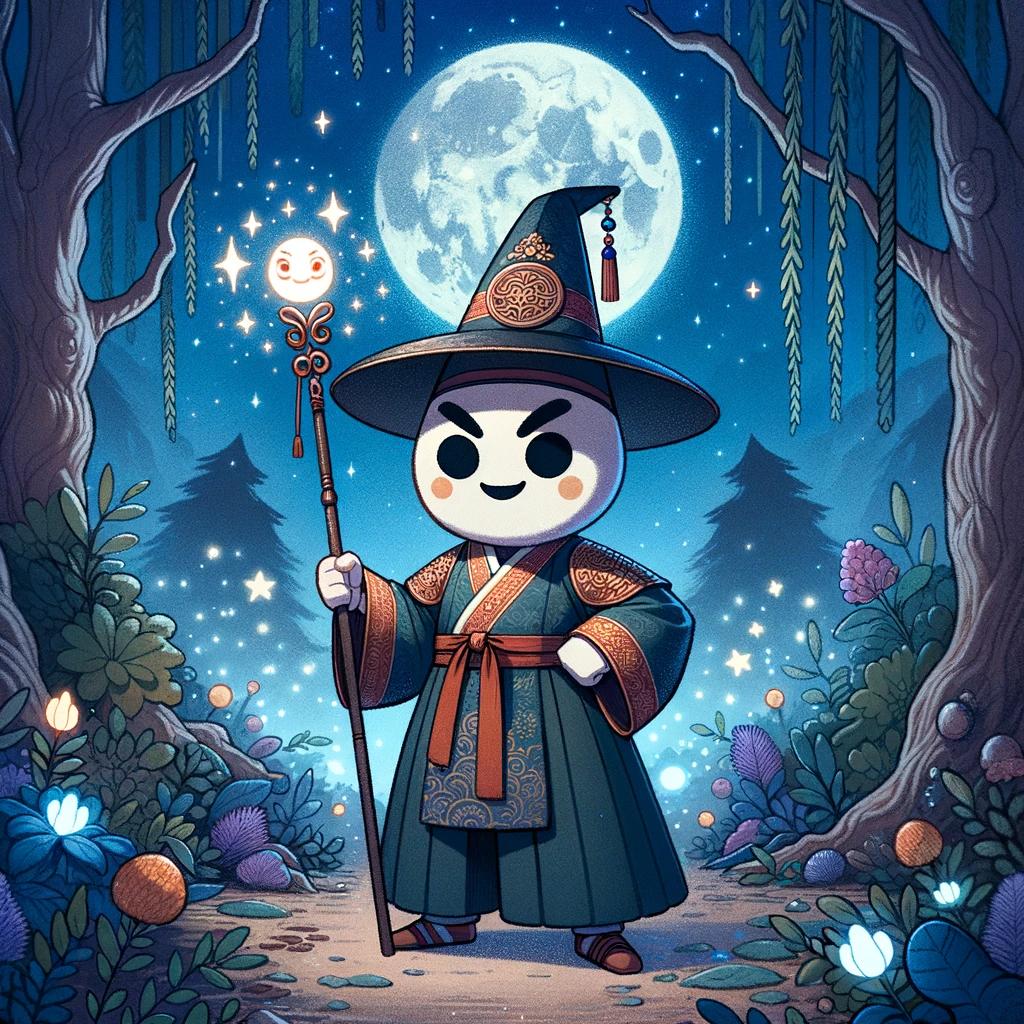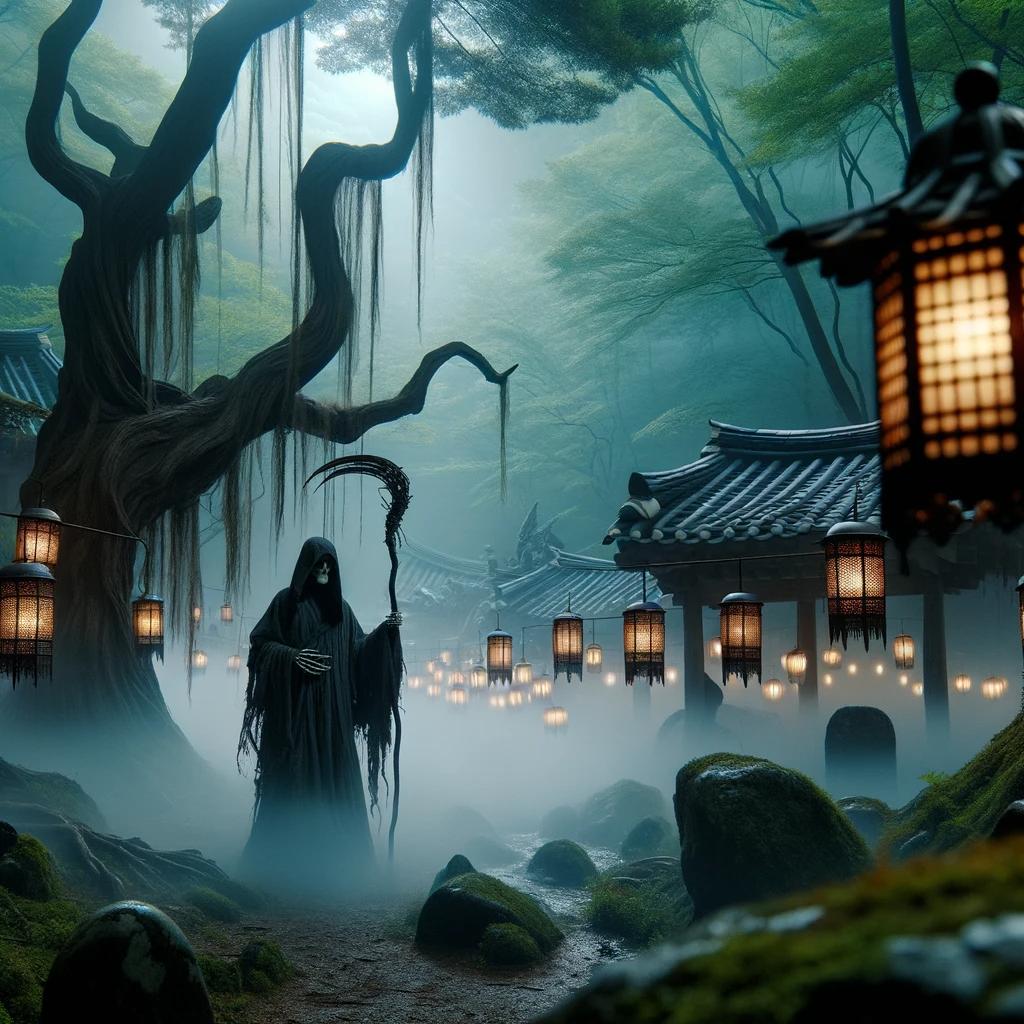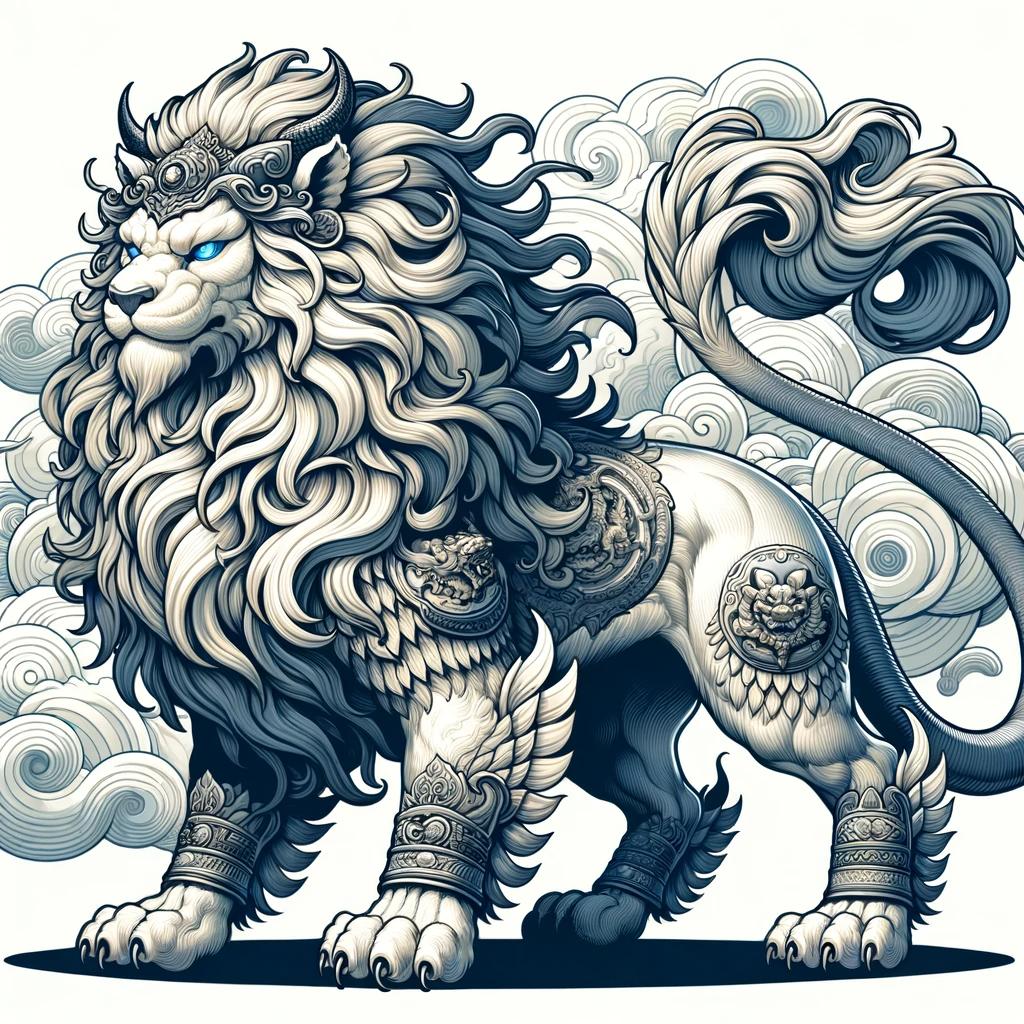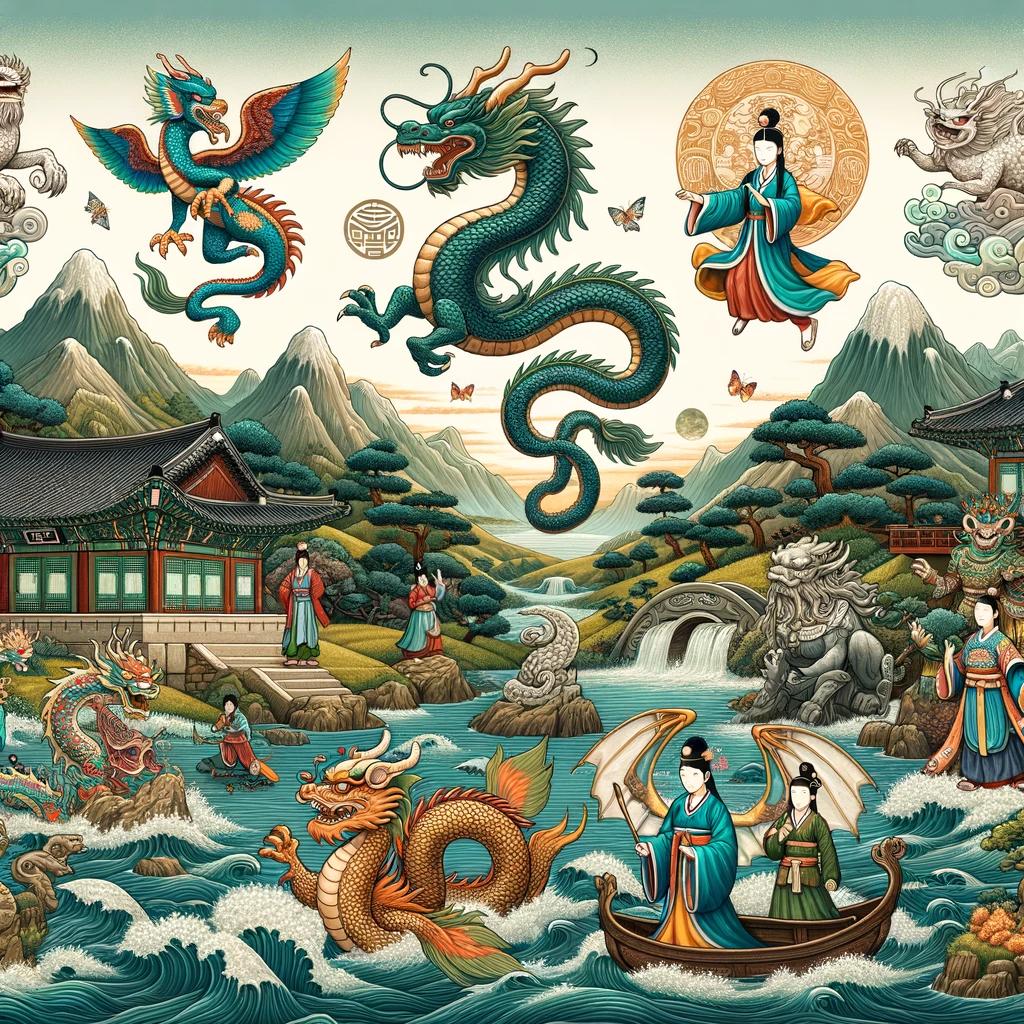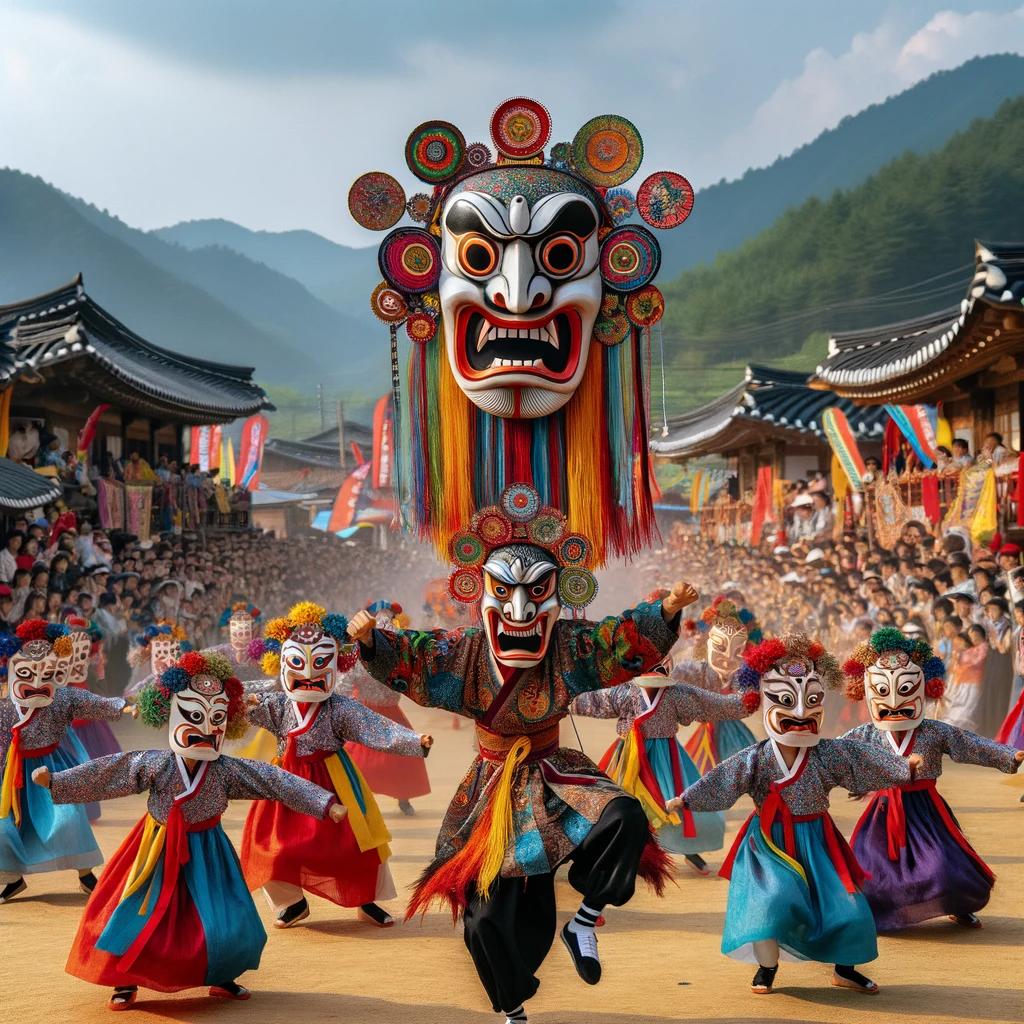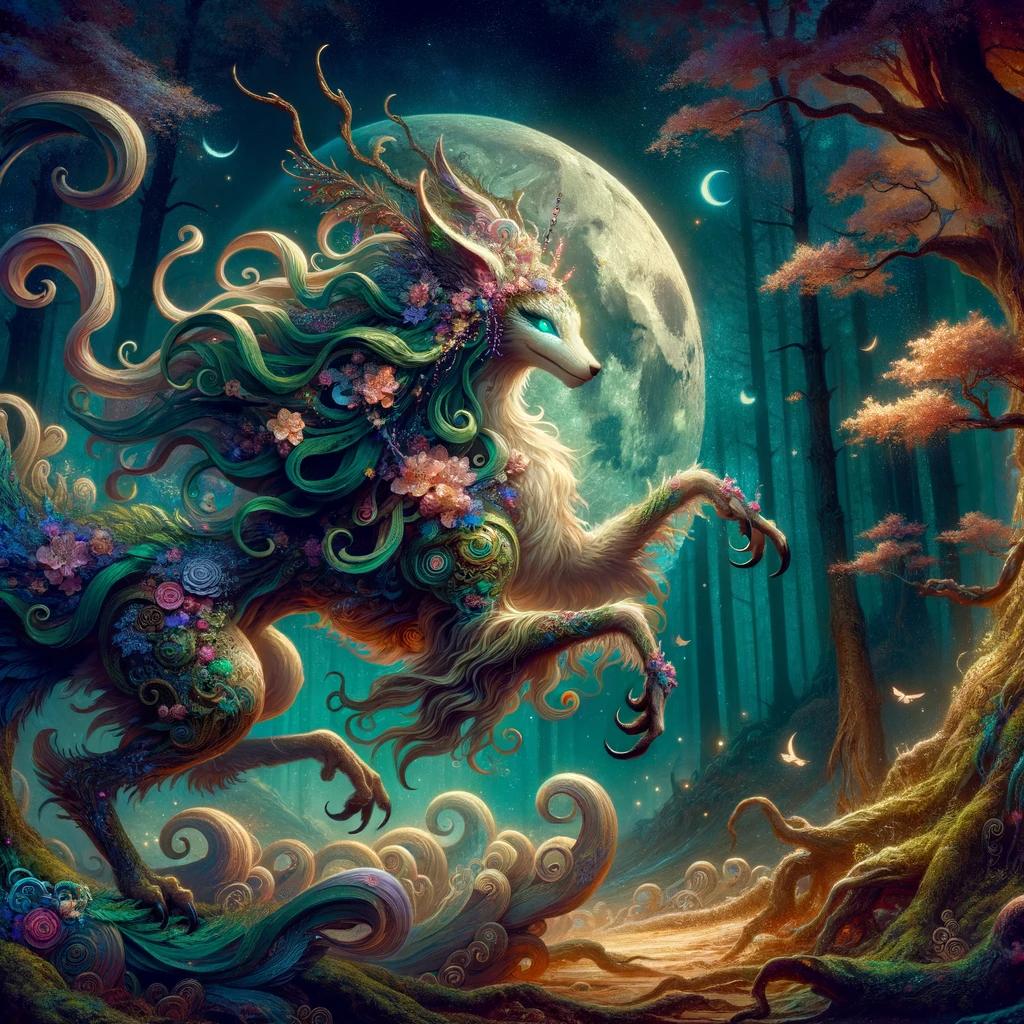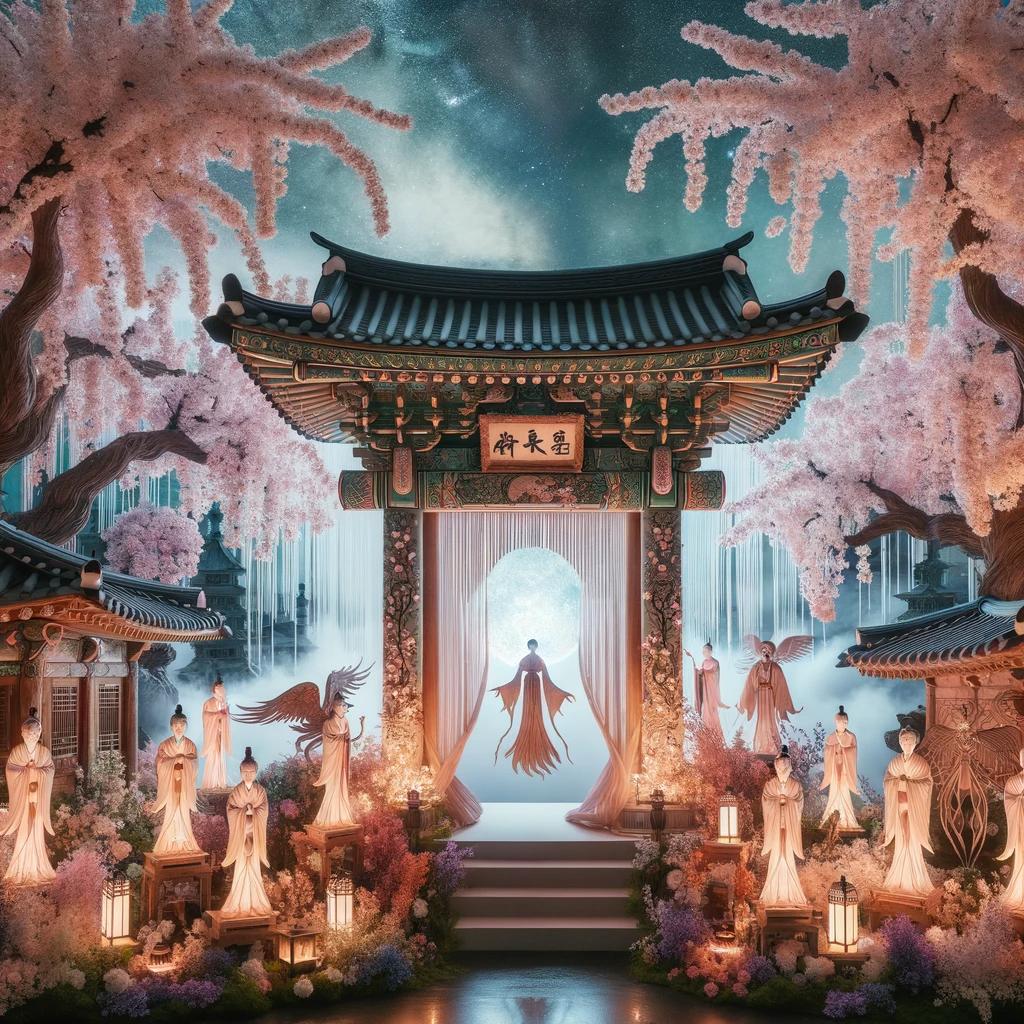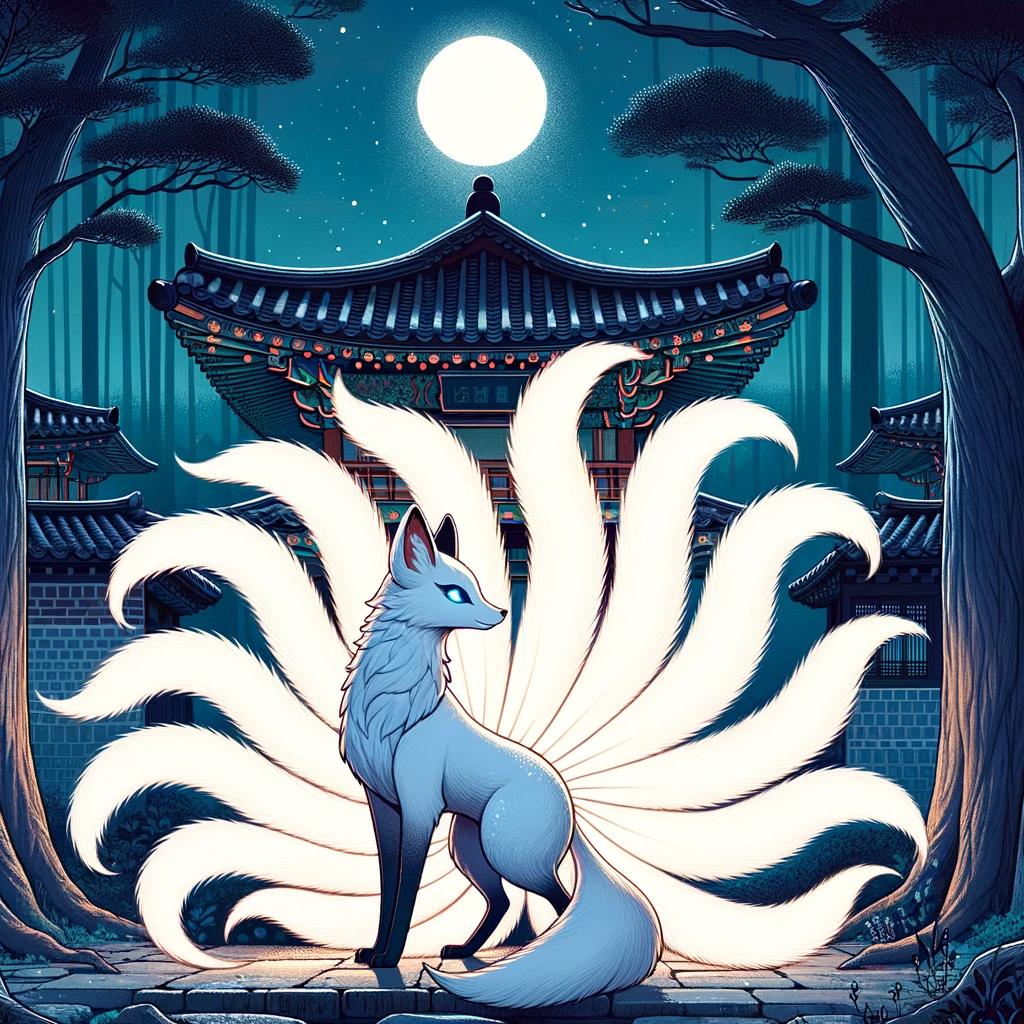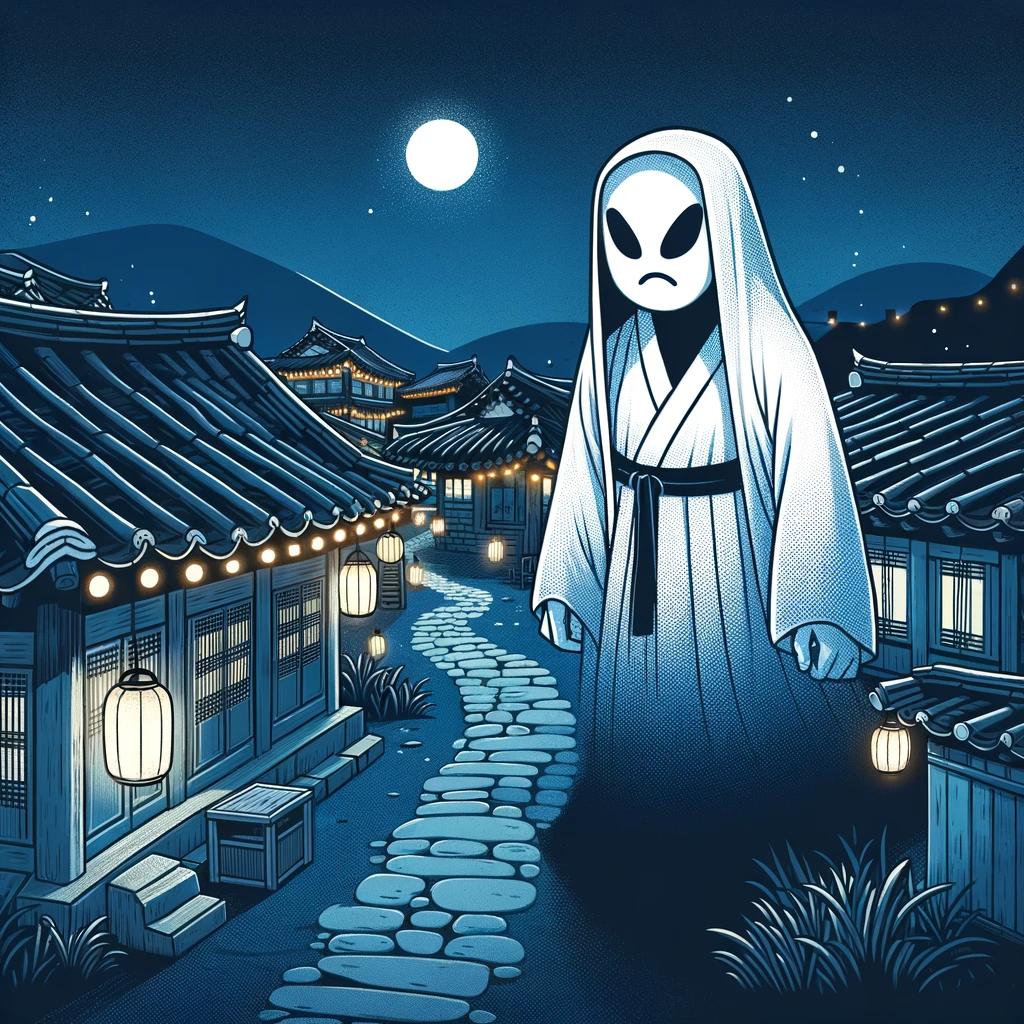Dokkaebi Korean Mythology: Discover the Enchanting Creatures of Korean Folklore
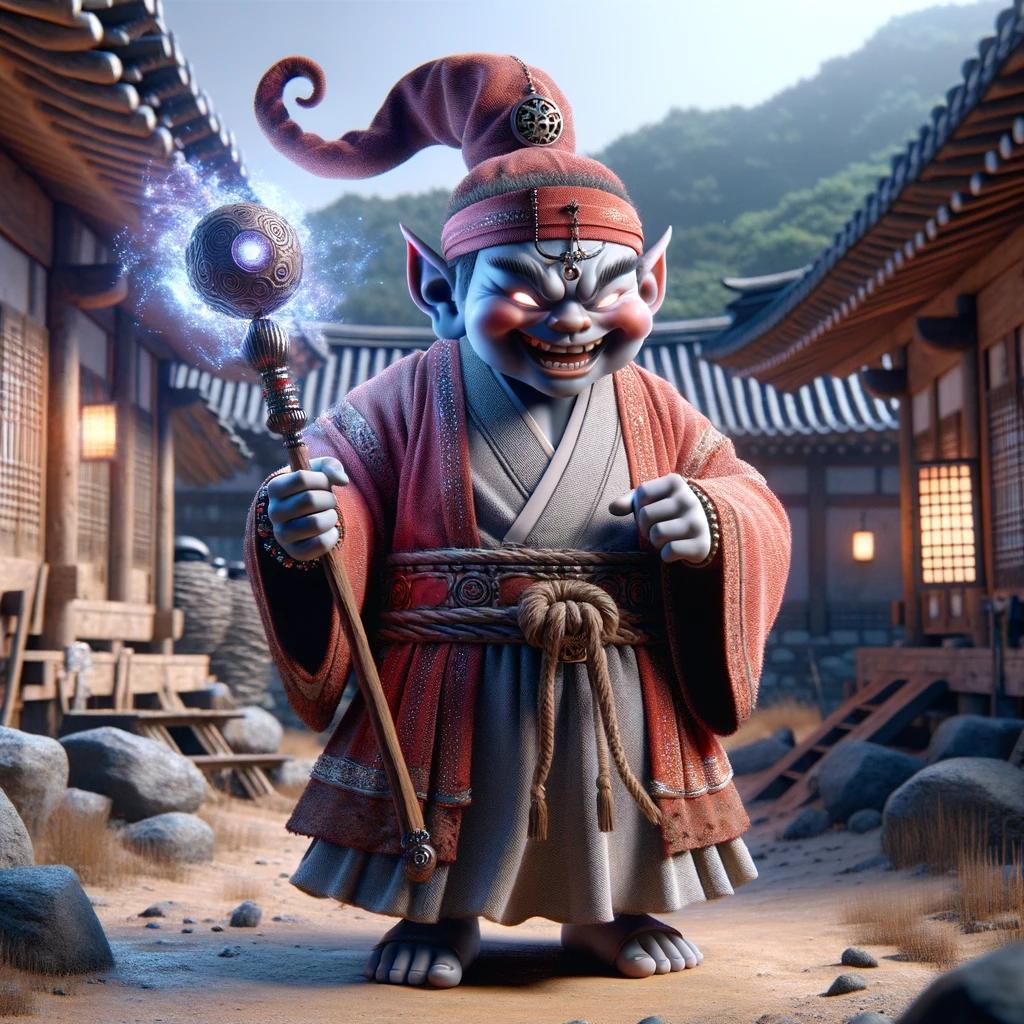
Dokkaebi, the enchanting creatures of Korean mythology, are spirits of nature with the ability to interact with humans. Known for their trickster nature, Dokkaebi are often depicted as ugly beings with red faces, horns, and one or two legs.
They possess various abilities, such as granting good fortune or punishing humans for their sins. Dokkaebi have become popular in modern Korean culture, featuring in movies, TV shows, and games. This article explores the origins, characteristics, powers, and cultural significance of Dokkaebi, as well as their intriguing relationship with humans.
Origins and Legends of Dokkaebi
The intriguing origins and legends of Dokkaebi in Korean mythology have captivated people for centuries. These mischievous creatures, often referred to as goblins, are believed to be nature spirits with supernatural powers that can interact with humans.
Let’s explore the fascinating mythological background and some of the famous Dokkaebi legends in Korean folklore.
The Mythological Background of Dokkaebi
According to Korean mythology, Dokkaebi are created from inanimate objects stained with blood, such as brooms, gaining a spirit and consciousness of their own. They are said to manifest to punish humans for their sins or to grant good fortune.
The belief in Dokkaebi dates back centuries and is deeply rooted in Korean culture.
Famous Dokkaebi Legends in Korean Folklore
Korean folklore is rich with captivating legends featuring Dokkaebi that have been passed down through generations. One famous legend tells the story of ‘The Magic Club of Dokkaebi’, where a humble woodcutter receives a magical club from a Dokkaebi and uses it to defeat a greedy and oppressive noble.
Another well-known legend is ‘The Dokkaebi and the Bride’, where a Dokkaebi falls in love with a human bride and takes her to his mountain home, but her family rescues her with the help of a clever servant.
These legends not only entertain but also offer valuable life lessons, highlighting the unpredictable nature of Dokkaebi and their interactions with humans.
Characteristics and Appearances of Dokkaebi
The Dokkaebi, fascinating creatures from Korean folklore, have distinct characteristics and appearances that set them apart. They are commonly depicted as ugly beings with red faces, horns, and sometimes one or two legs.
Let’s delve deeper into their physical features and the various forms they take.
Physical Features of Dokkaebi
Dokkaebi possess unique physical attributes that differentiate them from other mythological creatures. They often have long, hairy bodies and bulging eyes. While they are generally portrayed as grotesque, some Dokkaebi may also display human-like features.
Variations in Dokkaebi Forms: Cham, Gae, Gaksi, Oenun, Oedari
Within the realm of Dokkaebi, there are different forms or types, each with its own distinct characteristics and abilities. Let’s explore some of the notable variations:
- Cham: Cham Dokkaebi are recognized for their expertise in manipulating fire and creating light.
They are often accompanied by a bamboo hat that grants them invisibility.
- Gae: Gae Dokkaebi are known for their extraordinary intelligence and cunning nature. They possess sharp teeth and horns, enabling them to excel in strategic battles.
- Gaksi: Gaksi Dokkaebi, with their charming appearances, captivate humans with their beauty.
They are considered musically inclined beings, capable of enchanting melodies.
- Oenun: Oenun Dokkaebi are associated with agriculture and are believed to have powers that can influence the growth of crops and ensure bountiful harvests.
- Oedari: Oedari Dokkaebi are recognized as skilled dancers and entertainers.
They possess agile movements and are often seen wearing traditional Korean clothing.
These various forms of Dokkaebi demonstrate the diversity and versatility within their species. They contribute to the rich tapestry of Korean mythology and folklore, offering intriguing tales and legends.
By examining the physical features and variations in forms, we can gain a deeper understanding of the extraordinary world of Dokkaebi and appreciate the intricacies of these mythical creatures.
Abilities and Powers of Dokkaebi
Exploring the fascinating abilities and powers of Dokkaebi sheds light on the intriguing nature of these mythical creatures and their impact on humans.
Trickster Nature of Dokkaebi
Dokkaebi are renowned for their mischievous and trickster nature. They possess a cunning and playful demeanor, often using their powers to deceive and manipulate humans. Whether it’s playing pranks or creating illusions, Dokkaebi enjoy causing confusion and chaos for their own amusement.
Their trickster nature adds an element of unpredictability to their interactions with humans.
Positive and Negative Effects on Humans
The abilities of Dokkaebi have both positive and negative effects on humans, depending on their intentions and actions. On one hand, Dokkaebi can bestow good fortune upon people, bringing luck, wealth, and prosperity.
They have the power to grant wishes and fulfill desires, making them enticing figures in Korean folklore.
However, Dokkaebi are not without their darker side. They also possess the ability to punish humans for their sins and wrongdoings.
Whether it’s exposing secrets, revealing hidden truths, or bringing misfortune, Dokkaebi can mete out justice in their own unique and often whimsical ways. They act as moral enforcers, ensuring that humans are held accountable for their actions.
It is important to note that the effects of Dokkaebi on individuals can vary greatly. While some may experience positive encounters and benefit from the interactions, others may find themselves facing the consequences of their actions, leading to challenges and hardships.
In conclusion, the abilities and powers of Dokkaebi encompass their trickster nature and the dual impact they have on humans. They delight in mischief and can provide both blessings and curses, depending on the situation.
Understanding the complexities of their powers adds depth to our understanding of these mystical creatures and their role in Korean mythology.
Cultural Significance of Dokkaebi in Modern Korea
Dokkaebi, the enchanting creatures of Korean mythology, hold a significant place in modern Korean culture. They have captivated the imagination of people and have become a popular subject in various forms of media.
Additionally, rituals and offerings are performed to honor and appease these mystical beings.
Dokkaebi in Contemporary Media: Films, TV Shows, and Games
In recent years, Dokkaebi have become a prominent feature in contemporary media in Korea. Films, TV shows, and games often showcase the intriguing world of these supernatural beings. With their mischievous nature and unique characteristics, Dokkaebi have become beloved characters in storytelling.
Their inclusion in popular productions, such as the renowned drama ‘Goblin: The Lonely and Great God,’ has contributed to the renewed interest in Korean mythology. This drama delves into the story of an immortal warrior who is transformed into a Dokkaebi as a punishment from the gods.
The only way he can find release from his immortality is through the presence of the “Dokkaebi’s Bride.” This captivating narrative has further highlighted the cultural significance of Dokkaebi in modern Korea.
Rituals and Offerings Related to Dokkaebi
To honor Dokkaebi and seek their favor, various rituals and offerings are conducted. These customs are performed to ensure good fortune, protection from evil, and a harmonious relationship with these mythical creatures.
Among the offerings typically made are foods, rice cakes, and alcohol, which serve as gifts to appease and show respect to the Dokkaebi.
These rituals are deeply rooted in Korean traditional culture and are still practiced in certain regions.
The ceremonies not only reinforce the cultural significance of Dokkaebi but also provide a connection between the present and the rich folklore of ancient Korea.
In conclusion, Dokkaebi have gained a prominent place in modern Korean culture.
Through their representation in films, TV shows, and games, as well as through ceremonial rituals, these enchanting creatures continue to captivate the hearts and imaginations of people in Korea. Their cultural significance serves as a reminder of the rich mythological heritage of the country.
Dokkaebi and their Relationship with Humans
Dokkaebi, the enchanting creatures of Korean mythology, have a complex and intriguing relationship with humans. They are known for their ability to interact with people and often engage in various interactions that can have both positive and negative consequences.
Interactions between Dokkaebi and Humans
Dokkaebi are mischievous beings that enjoy playing tricks on humans. They use their supernatural powers and intelligence to deceive, confuse, or entertain people. These interactions can range from harmless pranks to more significant events that impact individuals or even entire communities.
While some encounters with Dokkaebi may be terrifying or fear-inducing, others have reported positive experiences and friendships with these mythical beings. It is believed that Dokkaebi can bestow good fortune upon those who please them or engage in acts of kindness towards them.
One common theme in the interactions between Dokkaebi and humans is the concept of outwitting or tricking these celestial creatures. Humans often need to use their wit, cleverness, or assistance from supernatural allies to outsmart the Dokkaebi and avoid falling victim to their pranks or punishments.
These stories reflect the creativity and resourcefulness of humans when faced with supernatural challenges.
Dokkaebi in Traditional Culture and Celebrations
Dokkaebi play a significant role in traditional Korean culture and are often included in various celebrations, rituals, and ceremonies. They are believed to have the power to bless or curse individuals and communities, making them important figures in religious and cultural practices.
Traditional rituals and offerings are performed to appease Dokkaebi and ensure their favor or protection. These rituals often involve presenting food, such as rice cakes and fruits, as well as alcohol, which are believed to please the Dokkaebi and encourage their goodwill.
Additionally, Dokkaebi are associated with specific holidays, festivals, and events in Korea. During these occasions, people dress up as Dokkaebi, reenact their stories, and participate in parades or performances. These cultural celebrations serve as a way to honor the mythical creatures and showcase the rich folklore and traditions of Korean society.
- The presence of Dokkaebi in traditional culture and celebrations
- Performing rituals and offerings to appease Dokkaebi
- Dokkaebi’s association with holidays, festivals, and events
.











